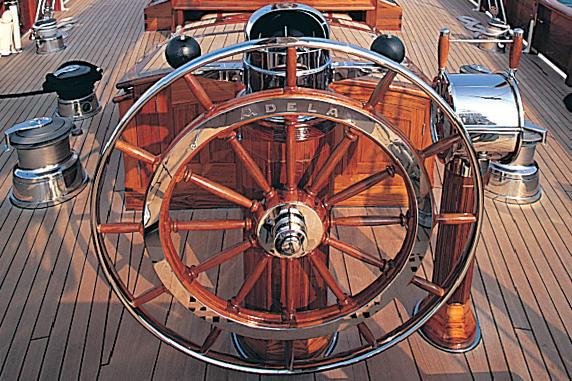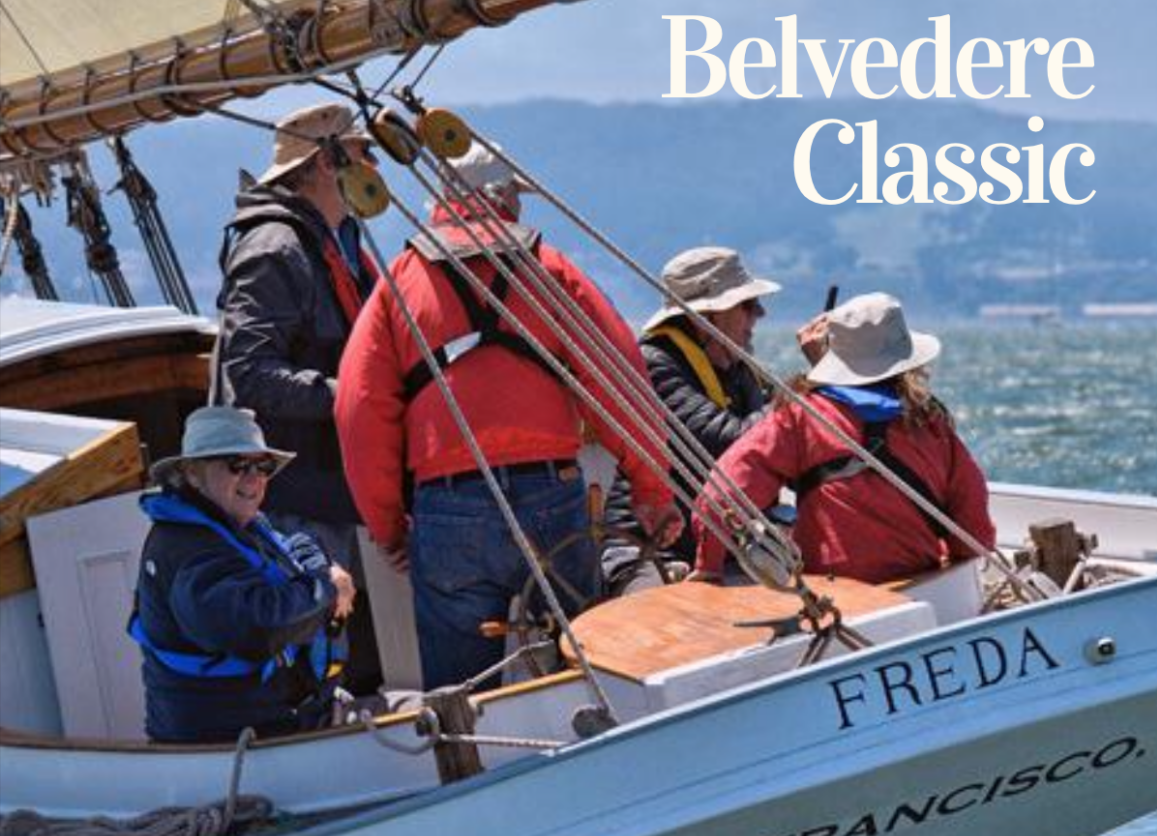




Previously named ‘Heartsease’ she had a remodelling in Pendennis Shipyard in 2000, which involved Dykstra Naval Architects, and they increased her overall length by cutting her in half and adding a section to her middle and adding a bowsprit.
Adela returned to Pendennis for subsequent refits in 2006, 2011 and 2012.









